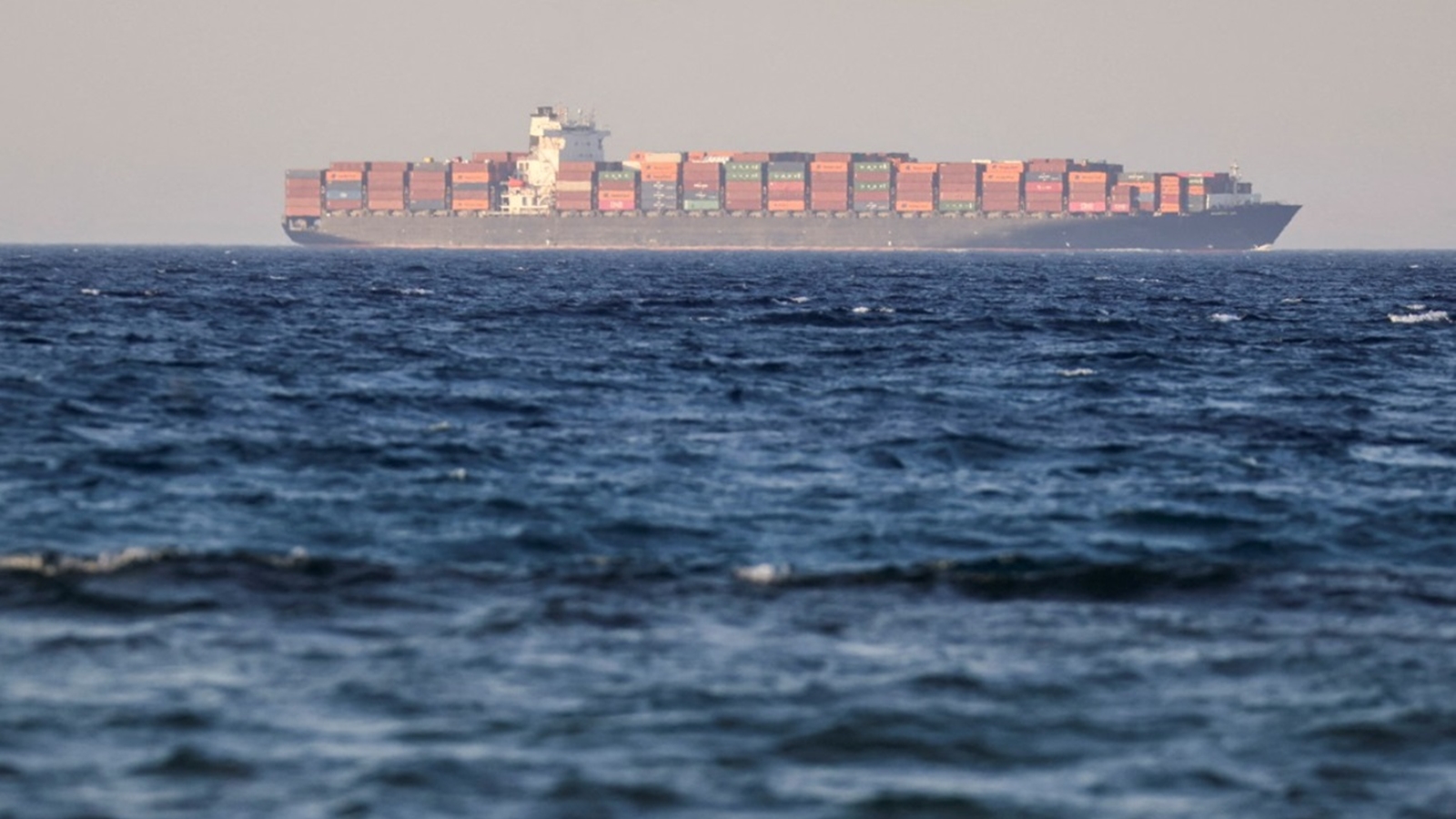Live Classes

For the second successive month, India’s goods exports grew last month, albeit with a mild 3.1% uptick from a 1% rise in December. This marks only the fourth month of growth in outbound shipments in 2023-24, and the overall value of merchandise exports this year is down 4.9% at about $354 billion. While January’s $36.9 billion exports are above this year’s monthly average, they are 4% lower than December’s tally. To be clear, such sequential, post-Christmas demand dip is not unusual and all of the decline cannot be ascribed to the elephant haunting global trade corridors — the Houthi rebels’ orchestrated disruptions of shipping lines’ operations around the Red Sea hitting goods flow to the European and U.S. markets. January’s trade numbers, to that extent, suggest that the impact so far is not overtly worrying, although a few key segments seem to be feeling some pain. Engineering goods’ exports growth faltered to a little over 4% in January while the labour-intensive gems and jewellery slipped into a mild contraction, dropping 1.3%.
Apart from the lack of a broader discernible impact from the Red Sea shenanigans yet, the sharp decline in the goods trade deficit is notable as it hit a nine-month low of $17.5 billion — just three months after touching a record high of nearly $30 billion. The flip side is that the recent import bill compression has been driven by some slack in imports of items such as project goods and electronics which suggest weakening of investment and consumption impulses in the economy. The government has exuded confidence that India will match its record export performance of $776 billion in 2022-23, this year as well, despite multiple global headwinds. On the goods front, though, attaining last year’s $451 billion tally looks difficult, especially with cooling commodity prices. Exports of services, reckoned to be up 6.3% this year, may still help bring the overall export figure for the year close to $760-odd billion if they sustain this pace. The outlook for the coming year remains mired in uncertainty and risks. There are weak or mixed signals about demand trends from economies such as the U.S. and Germany, even as the U.K. recorded the sharpest sequential jump in retail sales since July 2020. Interest rate cuts remain elusive for now. Finally, despite the U.S.-led Operation Prosperity Guardian to protect commercial traffic through the Red Sea, shippers have warned that the Houthi factor could compel the use of longer routes for several more months. Longer delivery times apart, the spiked shipping rates and operational costs of exports could force some price hikes and deter already frail demand in some markets and make prospective buyers look for more competitive options for Indian wares.
Download pdf to Read More